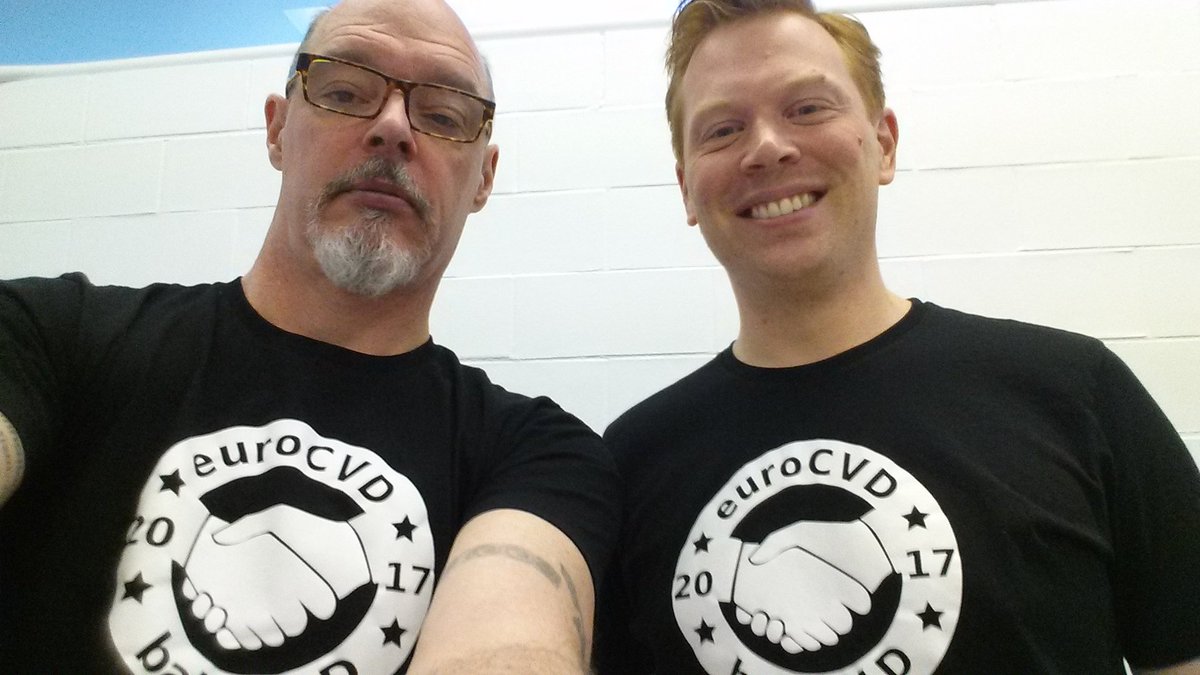As reported by EE Times: Intermolecular Inc. (San Jose, Calif.) has divided its business into two halves; IMI Discovery, which licenses out intellectual property, and IMI Labs, which provides a service based business to find material systems.
IMI Labs, which has a 300mm wafer fab in San Jose, makes use of Intermolecular’s high-throughput experimentation platform, materials expertise and analytics to speed exploration, discovery, characterization and selection of advanced materials.
The use of atomic layer deposition and physical vapor deposition and up to hundreds of experiments on a each wafer means that IMI Labs can optimize and bring up material systems rapidly. Bruce McWilliams, who took over as CEO of Intermolecular in October 2014, pointed out that while 300mm wafer fabs are plentiful in industry they are devoted to mass production and not usually available to run experimental wafers.
The use of atomic layer deposition and physical vapor deposition and up to hundreds of experiments on a each wafer means that IMI Labs can optimize and bring up material systems rapidly. Bruce McWilliams, who took over as CEO of Intermolecular in October 2014, pointed out that while 300mm wafer fabs are plentiful in industry they are devoted to mass production and not usually available to run experimental wafers.
Full story here in EE Times by Petter Clarke "IMI Labs formed to accelerate chip materials selection"
IMI ALD 300 mm process chamber with four separate
ALD processes can be performed in different regions of the same
substrate, simultaneously enabling faster ALD process development [intermolecular.com]
ALD Technology at Intermolecular
"IMI can deliver results that require materials control at the atomic
scale. Atomic Layer Deposition (ALD) is one of the tools used
extensively to engineer materials and devices at this elemental level.
IMI adds the speed and flexibility of high-throughput processing to ALD
with its site-isolated, quad combi ALD reactor technology. Four separate
ALD processes can be performed in different regions of the same
substrate, simultaneously enabling faster ALD process development and
device evaluations."
IMI High-Throughput Experimentation uses state-of-the art deposition equipment and thin film metrology to meet the materials needs of our customers in semiconductors, displays, glass and coatings and other industries. PVD and ALD methods are primarily used to perform the experiments needed to rapidly analyze materials. Multiple PVD and ALD equipment can be combined for in-situ development and annealing enabling deposition to be carried without vacuum break. Example: Configuration including two PVD chambers and two ALD chambers and in-situ anneal. [intermolecular.com]
ALD Materials at Intermolecular
IMI has built extensive capabilities to process a wide variety of
periodic table elements and material systems using its PVD and ALD equipment. Complex
multinary material systems can be deposited in a controlled environment. here you can find further information : http://intermolecular.com/materials/



%20(1).png)
















